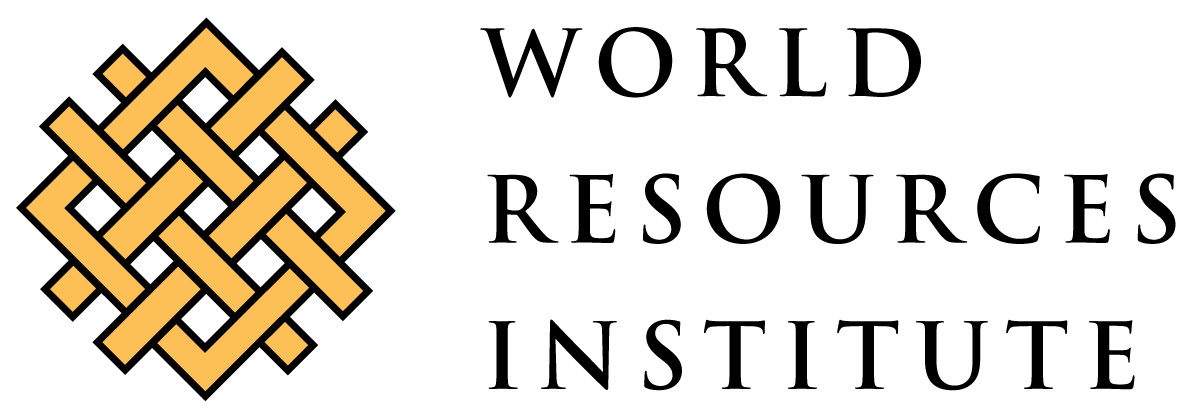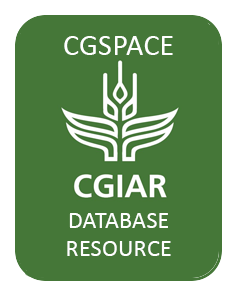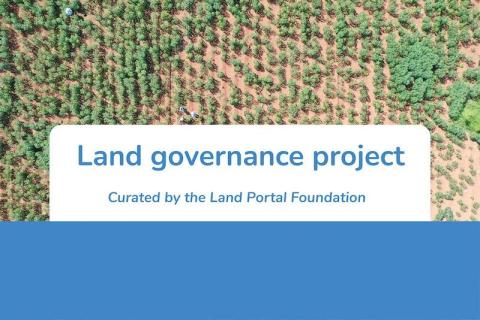Focal point
Location
World Resources Institute
The World Resources Institute is a global environmental think tank that goes beyond research to put ideas into action. We work with governments, companies, and civil society to build solutions to urgent environmental challenges. WRI’s transformative ideas protect the earth and promote development because sustainability is essential to meeting human needs and fulfilling human aspirations in the future.
WRI spurs progress by providing practical strategies for change and effective tools to implement them. We measure our success in the form of new policies, products, and practices that shift the ways governments work, companies operate, and people act.
We operate globally because today’s problems know no boundaries. We are avid communicators because people everywhere are inspired by ideas, empowered by knowledge, and moved to change by greater understanding. We provide innovative paths to a sustainable planet through work that is accurate, fair, and independent.
Resources
Displaying 86 - 90 of 93Decentralization viewed from inside: the implementation of community forests in East Cameroon
Cameroon's 1994 Forestry law launched a new approach to natural resource management. The 1996 Constitution introduced decentralized authorities, whose role is to enable the economic, social and cultural development of its peoples. The new legal framework for environmental policy and overhaul of the Constitution show the Government's will to decentralize and to improve forest resources management. At the same time, decentralization management might be inappropriate in Cameroon.
Logging Burma's Frontier Forests
Lots of maps...Burma holds half of the remaining forest in mainland Southeast Asia. Having lost virtually all of their original forest cover, Burma's neighbors -- China, India, and Thailand -- rely increasingly on Burma as a source of timber. Most of the regional timber trade is illegal. (See The Regional Timber Trade in Southeast Asia.)
AGRI3 A Forest Conservation and Sustainable Agriculture Fund for Developing Countries
Objectives
AGRI3 will de-risk USD 1 billion of private sector financing and provide USD 15 million in technical assistance for forest conservation, restoration and sustainable agriculture in developing countries and emerging markets to address climate change and land degradation.
Other
Note: Disbursement data provided is cumulative and covers disbursement made by the project Agency.
Target Groups
Sustainable agriculture and forestry can help farmers to realize short-term and long-term economic benefits. According to the FAO, there is a direct positive correlation between growth in agriculture and the eradication of hunger and poverty.Agriculture is on average twice as effective in reducing poverty as non-agriculture sectors, and five times more effective than other sectors in resource poor low-income countries.However, the current trajectory of growth in agriculture is unsustainable and the negative environmental impacts from agriculture could increase 50-90% by 2050. To reverse this trajectory, there is a need for more investment into sustainable agriculture. This investment is crucial to increasing food production to meet growing demand, improving the access of vulnerable people to food, and by stabilizing markets so that prices are affordable for consumers and remunerative for producers.Investments in agriculture can improve the resilience of rural incomes and livelihoods by addressing climate change, conserving natural resources and facilitating the transition to sustainable agriculture. A key component of the Fund is improving rural livelihoods and farmers are the ultimate beneficiaries of all transactions related to the Fund. Each transaction should have a strong focus on improving rural livelihoods and the project’s Result Framework specifies that at least 300,000 farmers and farm workers will be trained in sustainable forest management and sustainable agricultural practices. The Fund will help transition farmers to climate-smart agricultural practices which helps to address the interconnected challenges of climate change and food security. Climate-smart agriculture can help increase productivity (e.g., from improved water and soil conservation), it can help enhance farmer resilience (e.g., via agricultural practices to reduce vulnerability to drought, pests, diseases and other climate-related shocks) and reduce emissions (e.g., increasing carbon sequestration through improved soil health and avoiding deforestation).Through this model the Fund is aiming to achieve the following key outcome targets over twenty years. These targets are all based on average figures from six selected case studies, and multiplying this average by AGRI3’s targeted number of transactions (see Appendix XVIII for more details):87,000 hectares of degraded land restored (contributing to GEF Core Indicator 3.1)41,000 hectares of forest under improved management (contributing to GEF Core Indicator 4.1)700,000 hectares of agricultural lands under sustainable management (contributing to GEF Core Indicator 4.3)18,400,000 tCO2eq of carbon emissions avoided/ sequestered (Over 20 years - contributing to GEF Core Indicator 6.1) 300,000 farmers and farm workers trained, 30% of whom are female(contributing to GEF Core Indicator 11).








